Contents
- The Importance of Healthy Recipes for a Balanced Lifestyle 🌱🍴
- Quick and Easy Healthy Recipes for Busy Lifestyles ⏱️🥗
- Healthy Breakfast Recipes to Power Up Your Morning 🌅🥣
- Healthy Lunch and Dinner Recipes for Balanced Meals 🍲🥗
- Vegetarian and Vegan Recipes for a Healthier, Sustainable Lifestyle 🌱🥗
- Seafood Recipes: Nutritious and Flavorful Dishes from the Ocean 🐟🦐
- Healthy Snacks to Keep You Energized Throughout the Day 🍎🥜
- Holiday Special Recipes: Healthy and Delicious Festive Meals 🎄🦃
- Expert Tips for Healthy Eating: How to Build Better Habits for Life 🥗✅
- Meal Prep and Shopping Guide: Smart Strategies for Healthy Eating 🛒🥗
- Cookbooks and Media Resources: Your Guide to Healthy Cooking 📚💻
- Frequently Asked Questions About Healthy Recipes 🍽️✅
Healthy eating isn’t just a trend—it’s a lifestyle. And one of the best ways to embrace this lifestyle is by filling your menu with healthy, nutrient-packed recipes that make you feel amazing inside and out. A well-balanced diet does far more than help you maintain weight—it fuels your body, sharpens your mind, and elevates your mood. When you choose nourishing meals over processed alternatives, you’re giving your body the tools it needs to thrive.
The beauty of healthy recipes lies in their versatility and variety. Whether you’re in the mood for light, refreshing salads, warm and hearty grain bowls, or vibrant smoothie creations, there’s a wealth of options waiting for you. The best part? Healthy meals are not “one-size-fits-all.” They can be easily customized to suit your personal preferences and dietary needs—from vegan and gluten-free plans to low-carb, high-protein options for fitness enthusiasts.
But what truly makes a recipe healthy? It’s all about quality, nutrient-dense ingredients that deliver the essential vitamins, minerals, and antioxidants your body craves. Think crisp vegetables, juicy fruits, lean proteins, fiber-rich grains, and heart-healthy fats. Incorporating these foods into your daily routine can boost energy levels, support digestion, improve mental clarity, and even strengthen immunity. For an extra wellness kick, natural supplements like Korean red ginseng can further enhance vitality and resilience.
And let’s clear up a common misconception—healthy eating doesn’t mean bland or boring. With the right combination of herbs, spices, and creative techniques, you can turn simple whole foods into restaurant-worthy dishes bursting with flavor. The key is balance: nourishing your body while delighting your taste buds.
So if you’re ready to take your meals from ordinary to extraordinary, dive into this guide full of delicious, wholesome recipes designed to energize, satisfy, and inspire. Because healthy eating isn’t about restriction—it’s about abundance, creativity, and living your best life.
The Importance of Healthy Recipes for a Balanced Lifestyle 🌱🍴
Healthy recipes are more than just meal ideas—they are the foundation of a long, vibrant life. When you fuel your body with wholesome, nutrient-rich foods, you’re giving yourself the tools to prevent disease, maintain energy, and support mental clarity.
✅ Why Are Healthy Recipes So Essential?
The right recipes do more than fill your plate; they nourish every cell in your body. A well-balanced diet built on healthy recipes can:
- Reduce the risk of chronic illnesses such as heart disease, stroke, diabetes, and certain types of cancer.
- Support a strong immune system, helping your body fight off infections.
- Improve digestion and metabolism, making weight management easier.
Nutritionists agree that incorporating a colorful variety of fruits and vegetables, fiber-packed whole grains, lean proteins, and heart-healthy fats is the key to optimal health. Healthy recipes make this simple by guiding you toward balanced, flavorful meals without the confusion.
✅ Healthy Eating & Mental Well-Being
Did you know what you eat affects your mood? Studies reveal that a nutrient-dense diet rich in antioxidants and omega-3s can:
- Boost mood and reduce stress
- Lower the risk of depression and anxiety
- Improve focus and cognitive function, reducing age-related decline
Food is not just fuel—it’s medicine for your brain and body.
✅ Making Healthy Recipes Accessible
For many, the biggest hurdle to eating well is convenience. That’s why it’s crucial to provide easy-to-follow, budget-friendly recipes that anyone can make—whether through cookbooks, online blogs, or social media inspiration. Healthy eating should never feel overwhelming; with the right guidance, it becomes second nature.
Bottom Line:
Healthy recipes are more than just trendy—they are essential for longevity, energy, and happiness. By choosing fresh, whole ingredients and learning how to prepare them in delicious ways, you’re investing in your physical health, mental clarity, and overall well-being.
Quick and Easy Healthy Recipes for Busy Lifestyles ⏱️🥗
Eating healthy doesn’t have to be complicated, expensive, or time-consuming. In fact, with a little planning and a few clever shortcuts, you can prepare nutrient-packed meals in 30 minutes or less—without sacrificing taste.
✅ Plan Ahead for Success
Meal planning is the cornerstone of quick and healthy eating. Spend 10–15 minutes at the start of the week creating a simple menu and grocery list. This ensures you always have healthy options on hand, helping you avoid last-minute takeout or unhealthy snacks.
✅ Keep It Simple and Fresh
Healthy meals don’t require fancy ingredients or complicated steps. Instead, focus on whole, fresh foods like lean proteins, colorful vegetables, and healthy fats. Here are some fast and flavorful ideas:
- Veggie Stir-Fry – Toss seasonal vegetables with lean chicken or tofu, add a splash of low-sodium soy sauce, and serve over brown rice or quinoa.
- Power Salad – Mixed greens topped with grilled chicken, avocado, cherry tomatoes, and a drizzle of olive oil and lemon juice.
- Protein Wraps – Whole-grain tortillas filled with turkey, hummus, and crisp veggies for an on-the-go lunch.
✅ Use Smart, Healthy Shortcuts
There’s no shame in making things easier! Save time with:
- Pre-cut veggies for quick salads and stir-fries
- Canned beans or lentils (choose low-sodium options)
- Rotisserie chicken for protein without extra cooking
These time-savers help you prepare healthy meals in minutes while keeping your diet balanced and nutrient-rich.
✅ Experiment and Stay Inspired
Don’t let boredom derail your healthy habits. Explore new cuisines, try Mediterranean bowls, Asian-inspired salads, or Mexican-style wraps. Look for recipes that use fresh, whole ingredients and avoid those loaded with sugars, sodium, or heavy sauces.
Bottom Line:
Healthy eating should feel simple and enjoyable, not stressful. With planning, fresh ingredients, and creative shortcuts, you can enjoy quick, delicious meals every day—no excuses!
Healthy Breakfast Recipes to Power Up Your Morning 🌅🥣
A nourishing breakfast sets the tone for your entire day. It fuels your body, boosts energy, and helps maintain focus—making it one of the most important meals in a healthy lifestyle. The good news? Eating a balanced breakfast doesn’t have to be complicated. With a few simple ingredients and smart prep, you can enjoy delicious, nutrient-packed breakfasts in minutes.
✅ Overnight Oats – Your Grab-and-Go Breakfast Hero
Overnight oats are perfect for busy mornings. This make-ahead recipe requires minimal effort and can be fully customized:
How to Make It:
- Combine rolled oats with milk or a plant-based alternative in a jar.
- Add toppings like fresh fruit, nuts, seeds, and a drizzle of honey or maple syrup.
- Refrigerate overnight, and wake up to a creamy, ready-to-eat breakfast.
Flavor Variations:
- Banana & Peanut Butter
- Mixed Berry with Chia Seeds
- Apple Cinnamon
✅ Avocado Toast – Healthy Fats + Flavor 🥑
A modern breakfast classic that’s as delicious as it is nutritious.
How to Make It:
- Toast a slice of whole-grain bread for fiber.
- Spread on mashed avocado, sprinkle with salt and pepper, and add toppings like:
- A poached egg for extra protein
- Cherry tomatoes for freshness
- A sprinkle of chia seeds for added nutrients
✅ Smoothie Bowls – Sweet, Creamy, and Packed with Nutrients 🍓
For those with a sweet tooth, smoothie bowls are a healthy indulgence.
How to Make It:
- Blend frozen fruits (like berries, mango, or banana) with yogurt and a splash of milk until thick and creamy.
- Pour into a bowl and top with granola, nuts, seeds, and fresh fruit for crunch and extra vitamins.
Pro Tip: Meal prep your breakfast! By making oats the night before or pre-chopping fruit for smoothies, you save time and start your day stress-free.
✅ Bottom Line:
A balanced breakfast doesn’t just satisfy hunger—it sets the foundation for better energy, mood, and health throughout the day.
Healthy Lunch and Dinner Recipes for Balanced Meals 🍲🥗
When it comes to lunch and dinner, the goal is simple: create meals that are as satisfying as they are nutritious. By combining lean proteins, colorful vegetables, and fiber-rich whole grains, you can prepare dishes that provide lasting energy and essential nutrients—without sacrificing flavor.
✅ Protein-Packed Chicken Dishes 🍗
Chicken is one of the most versatile and healthiest proteins you can include in your diet.
Quick and Easy Ideas:
- Grilled Chicken with Roasted Veggies – Pair juicy grilled chicken breasts with broccoli, bell peppers, and sweet potatoes for a colorful plate.
- Slow Cooker Chicken in Tomato Sauce – Cook chicken breasts with garlic, herbs, and a light tomato base for a tender, flavorful dinner with minimal effort.
- Meal Prep Tip: Add a serving of brown rice or quinoa for extra fiber and to keep you full longer.
✅ Wholesome Pasta Bowls 🍝
Pasta can absolutely fit into a healthy diet when you make smart swaps and add veggies.
Try This:
- Use whole wheat or chickpea pasta for more fiber and protein.
- Toss with roasted vegetables like zucchini, mushrooms, and cherry tomatoes.
- Top with lean protein such as grilled shrimp, tofu, or chicken for a balanced bowl.
Flavor Boost: Add a drizzle of olive oil, fresh herbs, and Parmesan for richness without heavy sauces.
✅ Lean Beef & Veggie Stir-Fry 🥩
Beef can be part of a healthy meal if you choose the right cut.
Best Choices: Sirloin, flank steak, or extra-lean ground beef.
Healthy Idea:
- Stir-fry beef with crisp broccoli, carrots, and snow peas in a light soy-ginger sauce.
- Serve over brown rice or quinoa for a complete meal.
✅ Veggie-Packed Plates 🌱
Vegetables should be the star of every healthy meal.
Ideas to Try:
- Roasted Brussels sprouts with balsamic glaze.
- Grilled asparagus drizzled with lemon.
- Cauliflower rice bowls topped with your favorite protein and avocado.
Eating a rainbow of vegetables ensures you get a wide variety of vitamins, minerals, and antioxidants to support overall health.
Bottom Line:
Healthy lunches and dinners don’t have to be boring or restrictive. With fresh ingredients, smart cooking methods, and a balance of protein, fiber, and healthy fats, you can create meals that keep you full, energized, and happy.
Vegetarian and Vegan Recipes for a Healthier, Sustainable Lifestyle 🌱🥗
Plant-based eating isn’t just a trend—it’s a movement toward better health and a greener planet. Vegetarian and vegan diets are growing in popularity for their potential health benefits and positive environmental impact. By reducing or eliminating animal products, you can enjoy meals that are both nutrient-dense and delicious—without compromising on flavor or satisfaction.
✅ What’s the Difference Between Vegetarian and Vegan?
- Vegetarian: Excludes meat, poultry, and fish but may include eggs and dairy.
- Vegan: Eliminates all animal products, including dairy, eggs, and honey, relying entirely on plant-based ingredients.
✅ Health Benefits of Plant-Based Diets
When properly planned, vegetarian and vegan diets can provide:
- Complete Protein Sources – Combining beans, lentils, tofu, tempeh, and grains ensures your body gets all essential amino acids.
- Iron & Calcium – Found in leafy greens (spinach, kale), beans, nuts, and fortified plant-based milks.
- Vitamin B12 – Best obtained from fortified foods or supplements in vegan diets.
✅ Delicious Vegetarian & Vegan Recipe Ideas
Vegetarian Favorites:
- Vegetable Stir-Fry – A quick, colorful dish with broccoli, bell peppers, and tofu in a light soy-ginger sauce.
- Lentil Soup – Hearty, protein-rich, and perfect for cozy dinners.
- Quinoa Salad – Toss with chickpeas, cherry tomatoes, cucumbers, and a lemon-tahini dressing.
Vegan Delights:
- Tofu Scramble – A high-protein breakfast alternative to eggs, seasoned with turmeric and veggies.
- Chickpea Curry – A comforting, nutrient-packed dish bursting with spices.
- Nut-Based Cheese Board – Creamy vegan cheese paired with fresh fruits and whole-grain crackers.
✅ Tips for Balanced Plant-Based Meals
- Pair Protein & Grains: Beans + rice or tofu + quinoa = a complete protein source.
- Add Leafy Greens: Kale, spinach, and collards boost iron and calcium.
- Use Fortified Products: Plant-based milks often contain B12 and calcium.
Bottom Line:
A well-planned vegetarian or vegan diet can be healthy, sustainable, and full of flavor. By combining a variety of whole foods and plant-based proteins, you can enjoy nutritious meals that support energy, wellness, and environmental health.
Seafood Recipes: Nutritious and Flavorful Dishes from the Ocean 🐟🦐
Seafood is one of the best sources of lean protein and healthy fats, making it an essential ingredient for creating balanced and nutrient-rich meals. Not only is seafood delicious and versatile, but it’s also packed with essential nutrients like omega-3 fatty acids, selenium, and high-quality protein, which contribute to overall health and well-being.
✅ Why Include Seafood in a Healthy Diet?
- Rich in Omega-3 Fatty Acids – Supports heart health, reduces inflammation, and promotes brain function.
- High in Protein, Low in Calories – Ideal for weight management and muscle repair.
- Packed with Essential Nutrients – Like selenium, iodine, and vitamin D.
✅ Healthy Seafood Options
- Salmon – A powerhouse of omega-3s and protein.
- Shrimp – Low in calories, high in protein, and quick to cook.
- Tuna, Sardines, and Mackerel – Affordable, nutrient-dense choices.
✅ Delicious & Easy Seafood Recipes
Grilled Salmon with Roasted Veggies
- Season salmon fillets with olive oil, lemon juice, and herbs.
- Grill for 10–12 minutes and serve with roasted vegetables like asparagus or Brussels sprouts.
Shrimp Stir-Fry
- Sauté shrimp with colorful veggies like bell peppers, broccoli, and snap peas in a light soy-ginger sauce.
- Serve over brown rice or quinoa for a quick, protein-packed meal.
Shrimp Tacos
- Pan-sear shrimp with chili and lime.
- Serve in corn tortillas with avocado, cabbage slaw, and a drizzle of Greek yogurt sauce.
✅ Tips for Choosing Healthy Seafood
- Opt for Sustainable Options: Look for certifications like MSC (Marine Stewardship Council).
- Limit Mercury Exposure: Choose low-mercury fish like salmon, sardines, or shrimp.
- Fresh or Frozen? Both are great! Just avoid heavily processed or breaded seafood.
Bottom Line:
Incorporating seafood into your weekly meals is a simple and delicious way to boost your nutrition. From grilled salmon to shrimp tacos, the possibilities are endless—and the health benefits are undeniable.
Healthy Snacks to Keep You Energized Throughout the Day 🍎🥜
Snacking doesn’t have to derail your healthy eating goals—in fact, the right snacks can help stabilize energy levels, curb cravings, and support weight management. The key is to choose options that are nutrient-dense, low in added sugar, and packed with natural goodness.
✅ Why Healthy Snacking Matters
Healthy snacks:
- Prevent energy crashes between meals.
- Support a balanced metabolism.
- Reduce the likelihood of overeating during main meals.
✅ Top Healthy Snack Ideas
1. Nuts & Seeds – Protein and Healthy Fats in Every Bite
Nuts are a classic snack for a reason—they’re rich in protein, fiber, and heart-healthy fats, making them super satisfying.
Best Choices:
- Almonds – Crunchy and full of vitamin E.
- Walnuts – Great for brain health, packed with omega-3s.
- Pistachios – Fun to eat and low in calories per nut.
Pro Tip: Stick to unsalted, raw or dry-roasted options to avoid excess sodium and oils.
2. Fresh Fruits – Nature’s Sweet Treat
Fruits are perfect for when you crave something sweet but want to stay healthy. They’re low in calories, high in fiber, and full of vitamins.
Great Choices:
- Apples – Pair with nut butter for extra protein.
- Berries – Antioxidant-rich and perfect for on-the-go.
- Bananas – A quick, portable snack loaded with potassium.
3. Low-Carb or Keto Options
Following a low-carb lifestyle? Carnivore Snax is a great choice for high-fat, zero-carb snacks made from 100% meat and salt—ideal for curbing cravings without breaking your macros.
✅ Snacking Mistakes to Avoid
❌ Processed snacks high in sugar, sodium, and trans fats.
❌ Sugary drinks and candy bars that cause energy crashes.
✅ Instead: Choose whole foods that provide sustained energy and keep you full.
Bottom Line:
Healthy snacking is all about quality, not quantity. By choosing nuts, fruits, or clean protein options, you can keep your energy up and cravings in check—all while staying on track with your health goals.
Holiday Special Recipes: Healthy and Delicious Festive Meals 🎄🦃
The holiday season is all about joy, family gatherings, and indulgent meals. But maintaining a healthy lifestyle doesn’t mean you have to skip festive flavors. With a few smart swaps and fresh ingredients, you can create holiday dishes that are both nutritious and satisfying—without feeling deprived.
✅ Healthy Thanksgiving Dinner Recipes 🦃
Thanksgiving often means rich, comforting dishes, but these healthy alternatives let you enjoy the feast without the guilt:
- Roasted Turkey Breast
Opt for turkey breast instead of the whole bird to keep portions balanced. Season with fresh herbs, garlic, and a splash of olive oil for a tender, flavorful main dish. - Mashed Sweet Potatoes
Sweet potatoes are naturally sweet and loaded with vitamins. Mash them with a touch of butter and a sprinkle of cinnamon for a cozy, nutrient-rich side. - Light Green Bean Casserole
Skip the heavy cream and fried onions. Instead, sauté fresh green beans with garlic and finish with a sprinkle of Parmesan cheese for crunch and flavor without excess calories.
✅ Healthy Holiday Dinner Recipes 🎅🍽
Whether it’s Christmas or a winter celebration, these dishes will impress your guests while keeping health in mind:
- Baked Salmon with Lemon and Herbs
Salmon is rich in omega-3 fatty acids for heart health. Simply bake with lemon slices, dill, and a drizzle of olive oil for a light yet festive entrée. - Quinoa Stuffing
A modern twist on a holiday classic! Combine cooked quinoa with sautéed vegetables, herbs, and a handful of cranberries for a stuffing that’s high in protein and fiber. - Roasted Brussels Sprouts
Roasting transforms Brussels sprouts into a caramelized, flavorful side dish. Toss with olive oil, garlic, and a pinch of sea salt for a healthy, crunchy treat.
Pro Tip: Pair these dishes with fresh salads, sparkling water infused with fruit, and light desserts like baked apples for a well-rounded holiday menu.
✅ Bottom Line:
Healthy holiday recipes are not only possible—they can be just as delicious as traditional dishes. With smart ingredient swaps and flavorful herbs, you can enjoy festive meals without compromising your health goals.
Expert Tips for Healthy Eating: How to Build Better Habits for Life 🥗✅
When it comes to nutrition, the amount of advice out there can feel overwhelming. From trending diets to conflicting opinions, it’s easy to get confused about what’s truly healthy. The good news? Experts agree on a few core principles that can guide you toward a balanced and sustainable way of eating.
✅ 1. Prioritize Whole, Nutrient-Dense Foods
The foundation of any healthy diet is real, minimally processed foods. These are rich in essential nutrients and free from unnecessary additives.
Focus On:
- Fruits and Vegetables – Packed with vitamins, minerals, and fiber.
- Whole Grains – Brown rice, quinoa, oats for steady energy.
- Lean Proteins – Chicken, fish, legumes, tofu for muscle repair and satiety.
- Healthy Fats – Avocados, nuts, olive oil for brain and heart health.
✅ 2. Watch Your Portion Sizes
Even the healthiest foods can lead to weight gain if eaten in excess.
Expert Strategy:
- Use measuring cups, spoons, or a food scale for accuracy.
- Follow the “plate method”:
- ½ plate vegetables
- ¼ lean protein
- ¼ whole grains or starchy veggies
✅ 3. Stay Hydrated
Dehydration can mimic hunger, leading to overeating.
Tip: Drink 6–8 glasses of water daily, and choose water or herbal tea over sugary drinks.
✅ 4. Practice Mindful Eating
Slow down and listen to your body’s hunger and fullness cues. Eating mindfully helps prevent overeating and improves digestion.
How To Do It:
- Chew slowly, savor each bite.
- Avoid distractions like scrolling or TV during meals.
✅ 5. Focus on Balance, Not Perfection
Healthy eating isn’t about rigid rules or deprivation. Enjoying your favorite treats occasionally is part of a balanced lifestyle.
Rule of Thumb: Aim for an 80/20 approach—80% nourishing foods, 20% flexibility.
Bottom Line:
Healthy eating is a journey, not a quick fix. By following these expert-backed tips, you’ll create sustainable habits that support better health, more energy, and a positive relationship with food.
Meal Prep and Shopping Guide: Smart Strategies for Healthy Eating 🛒🥗
Planning ahead is one of the most effective ways to maintain a healthy lifestyle. When you prepare your meals in advance and shop with intention, you’re setting yourself up for success. Meal prep and smart grocery shopping save time, reduce stress, minimize food waste, and ensure you always have nutritious options ready to go.
✅ Why Meal Prep Matters
- Saves Time – Spend a few hours prepping once and enjoy quick meals all week.
- Supports Healthy Choices – Avoid last-minute unhealthy takeout decisions.
- Helps with Portion Control – Pre-portioned meals make calorie management easier.
✅ Simple Meal Prep Tips
- Choose Easy, Versatile Recipes
Go for one-pot meals like stir-fries, soups, sheet pan dinners, or casseroles that can be made in large batches. - Prep Ingredients in Advance
Wash and chop vegetables, cook grains, and marinate proteins ahead of time. Store in airtight containers for quick assembly during the week. - Use Multi-Functional Ingredients
Cook a batch of grilled chicken, quinoa, or roasted vegetables that can be used in salads, wraps, and bowls.
✅ Smart Grocery Shopping Strategies
- Create a Weekly Meal Plan
Plan breakfasts, lunches, dinners, and snacks before you hit the store.
Pro Tip: Use a digital or printable shopping list to stay organized. - Shop the Perimeter
Fresh produce, lean proteins, and dairy alternatives are usually on the outer aisles. Limit processed items from the center aisles. - Buy Seasonal and Local
Visit farmers’ markets or buy seasonal produce to save money and enjoy peak freshness. - Read Labels Carefully
Choose whole foods with minimal ingredients and avoid hidden sugars, trans fats, and high-sodium items.
✅ Stock Your Kitchen with Healthy Staples
- Proteins: Lean chicken, eggs, fish, tofu, legumes.
- Grains: Brown rice, quinoa, oats, whole-grain pasta.
- Healthy Fats: Olive oil, avocado, nuts, seeds.
- Snacks: Fresh fruit, hummus, Greek yogurt, raw veggies.
Bottom Line:
Meal prep and mindful shopping are game changers for anyone looking to eat healthier. With a little planning and smart grocery habits, you can save time, reduce stress, and always have nutritious meals ready when you need them.
Cookbooks and Media Resources: Your Guide to Healthy Cooking 📚💻
If you’re looking for inspiration and practical guidance on eating well, cookbooks and media platforms are some of the best tools at your disposal. They provide step-by-step instructions, nutritional tips, and creative ideas that make healthy eating simple and enjoyable.
✅ Why Cookbooks Are Still a Go-To Resource
Cookbooks have stood the test of time because they offer:
- A curated collection of recipes with proven results.
- Detailed nutritional information, helping you make informed choices.
- Tips for healthy substitutions and portion control.
From quick weekday meals to gourmet healthy dishes, cookbooks can accommodate any lifestyle. Many now include meal plans, shopping guides, and prep strategies—perfect for beginners and busy professionals alike.
✅ Media Resources for Healthy Eating Inspiration
Today, you have an abundance of online platforms offering healthy recipes:
- Websites & Blogs: Sites like EatingWell, Minimalist Baker, and Fit Foodie Finds provide tested recipes with nutritional breakdowns.
- Social Media Platforms: Instagram, TikTok, and Pinterest are full of visual tutorials and creative healthy meal ideas.
- YouTube & Video Tutorials: Great for step-by-step demonstrations that simplify complex cooking techniques.
✅ Choosing Reliable Sources
With so much information available, it’s essential to pick credible resources. Look for:
- Authors with expertise (nutritionists, registered dietitians, chefs).
- Positive reviews and ratings from readers or viewers.
- Clear nutritional information for every recipe.
✅ Added Benefits: Motivation and Creativity
Cookbooks and online media do more than share recipes—they inspire you to:
- Try new ingredients and cooking methods.
- Make healthy eating fun, flavorful, and sustainable.
- Stay motivated by connecting with like-minded communities online.
Bottom Line:
Cookbooks and media resources are powerful allies in your journey toward healthy eating. They make meal planning easier, cooking more enjoyable, and help you stay consistent with your health goals.
Frequently Asked Questions About Healthy Recipes 🍽️✅
✅ 1. What are some healthy main meals?
Healthy main meals should balance lean proteins, whole grains, and vegetables. Great options include:
- Grilled chicken or fish with roasted vegetables.
- Stir-fried tofu with brown rice and colorful veggies.
- Hearty lentil soup paired with a fresh side salad.
Pro Tip: Use herbs and spices for flavor instead of heavy sauces.
✅ 2. What are some healthy snack recipes?
Smart snacking helps maintain energy and curb cravings. Try:
- Apple slices with almond butter.
- Raw veggies with hummus.
- Air-popped popcorn with herbs and spices.
- Homemade energy bites made with oats, nuts, and dates.
- Greek yogurt with berries and a drizzle of honey.
✅ 3. What are some healthy recipes for kids?
Kids love fun, colorful meals. Healthy ideas include:
- Mini pita pizzas topped with veggies and low-fat cheese.
- Turkey and cheese roll-ups with fresh veggie sticks.
- Fruit and yogurt smoothies for a refreshing treat.
Pro Tip: Involve kids in the cooking process to make healthy eating exciting!
✅ 4. What are some healthy dessert recipes?
Healthy desserts can be delicious and guilt-free:
- Fresh fruit salad with Greek yogurt.
- Baked apples with cinnamon and honey.
- Dark chocolate-dipped strawberries for a sweet antioxidant boost.
✅ 5. What are some healthy meals on a budget?
Eating healthy doesn’t have to break the bank. Affordable ideas:
- Lentil soup packed with veggies.
- Vegetable stir-fry with brown rice.
- Roasted sweet potatoes topped with black beans and salsa.
Money-Saving Tip: Buy in bulk, shop seasonal produce, and cook large batches for meal prep.
✅ 6. What are some healthy dinner recipes to lose weight?
For weight loss, focus on lean protein + fiber + healthy fats:
- Grilled salmon with roasted asparagus.
- Quinoa stir-fry with mixed vegetables.
- Turkey chili with beans and vegetables.
Pro Tip: Watch portion sizes and avoid heavy sauces or fried foods.

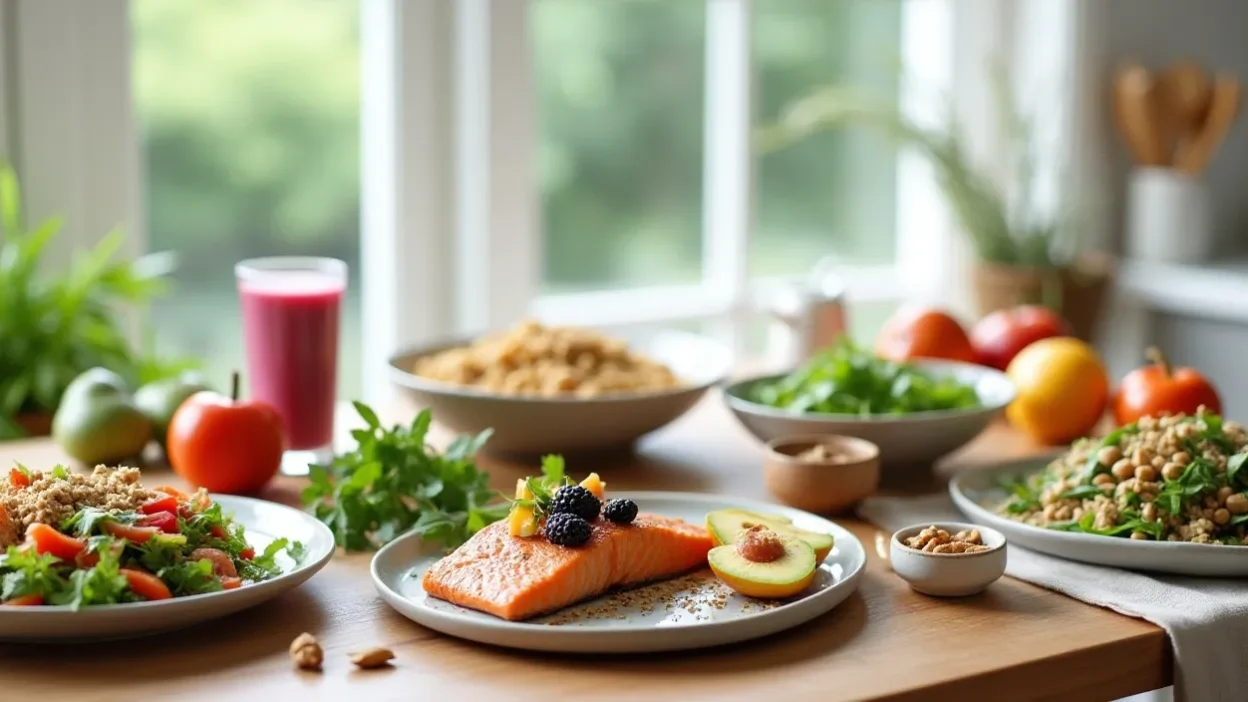
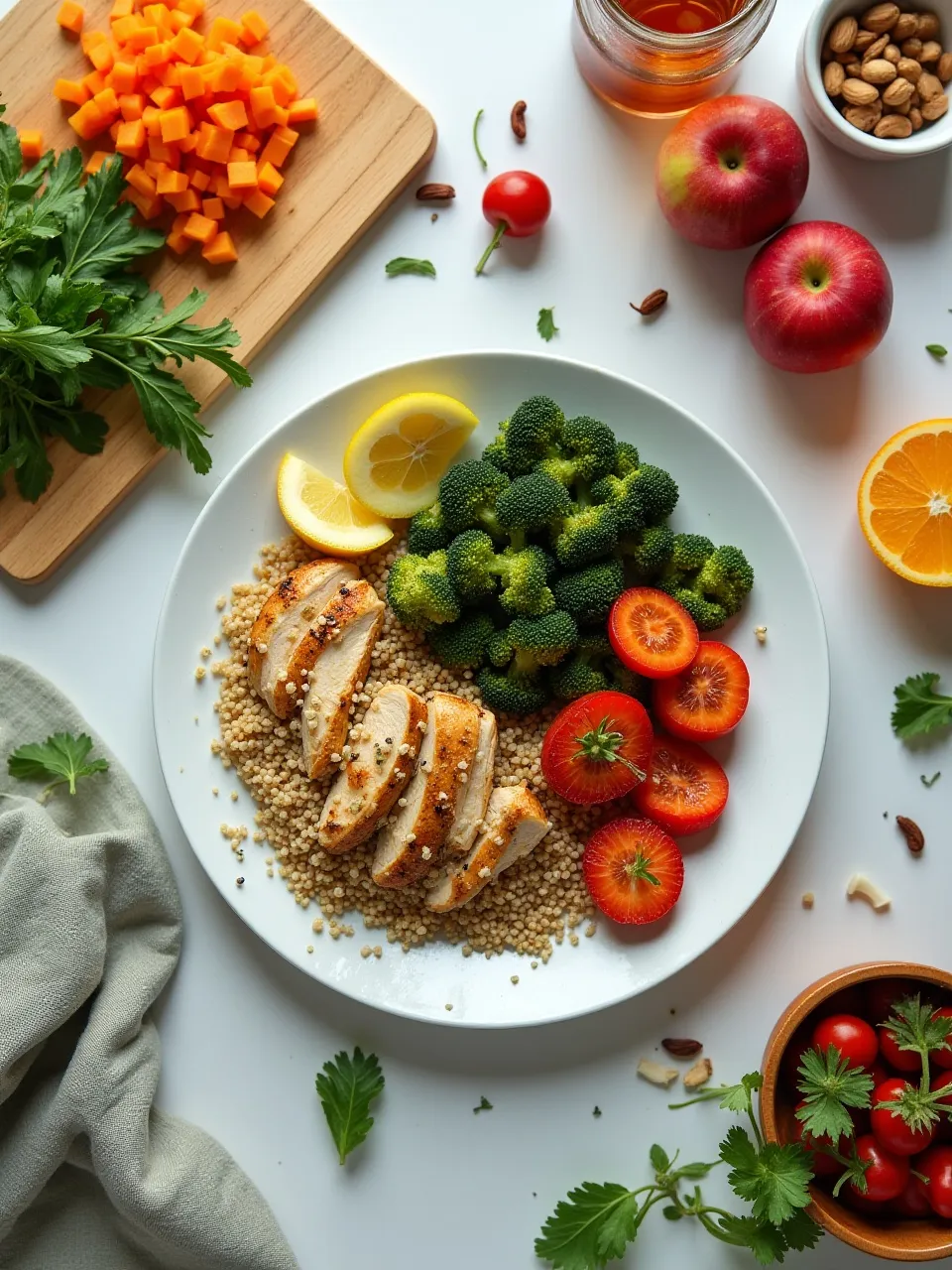

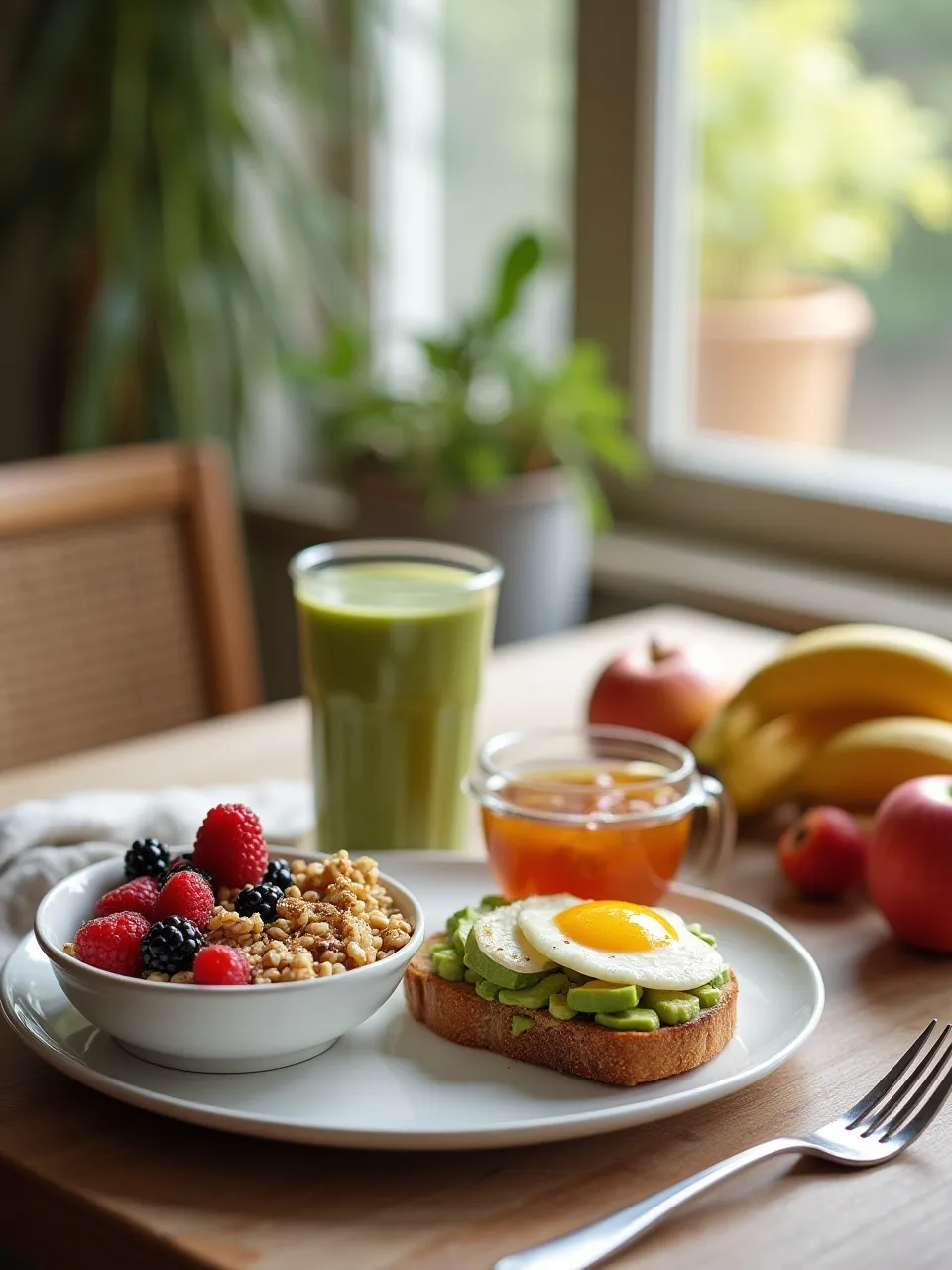
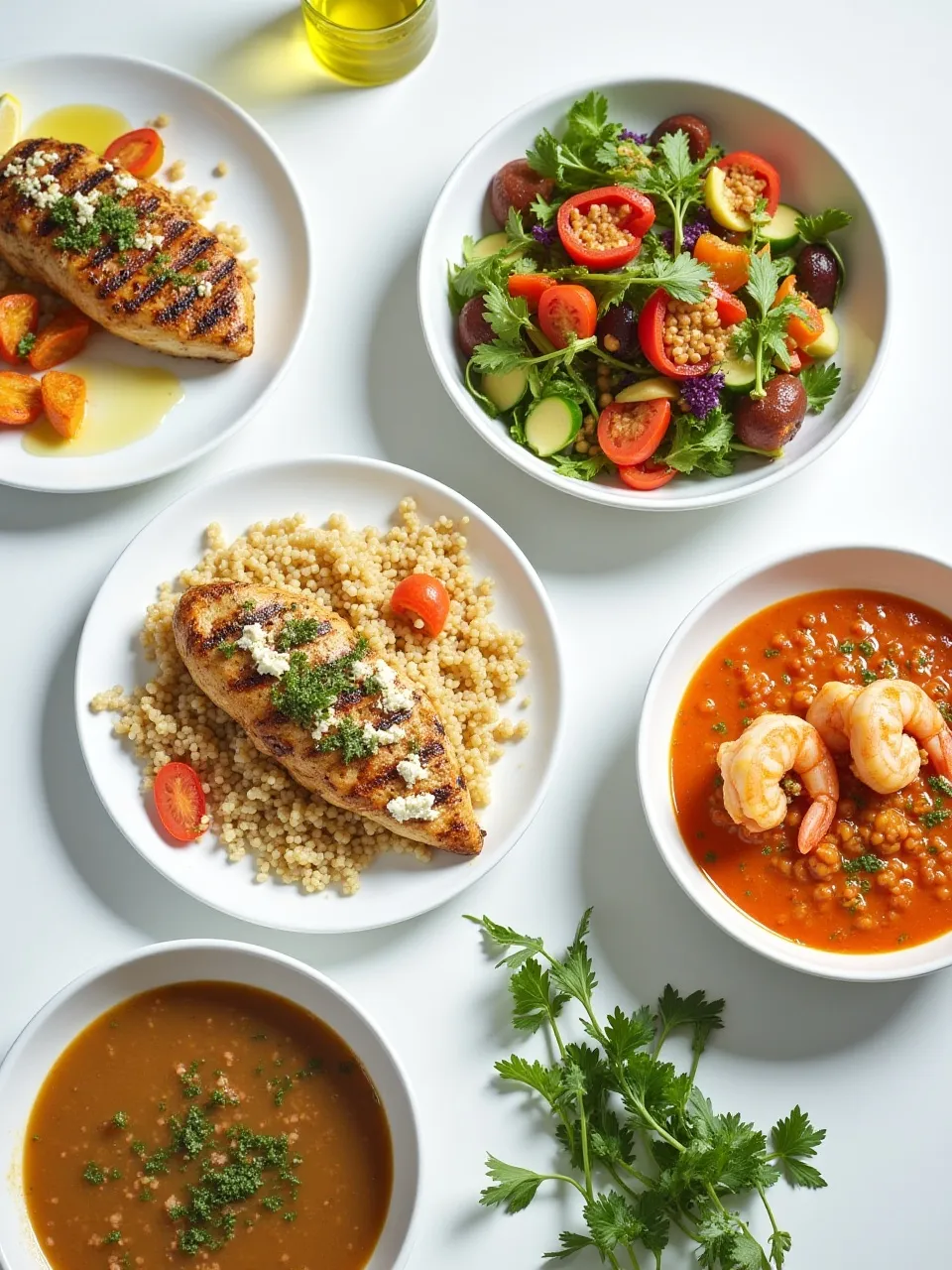
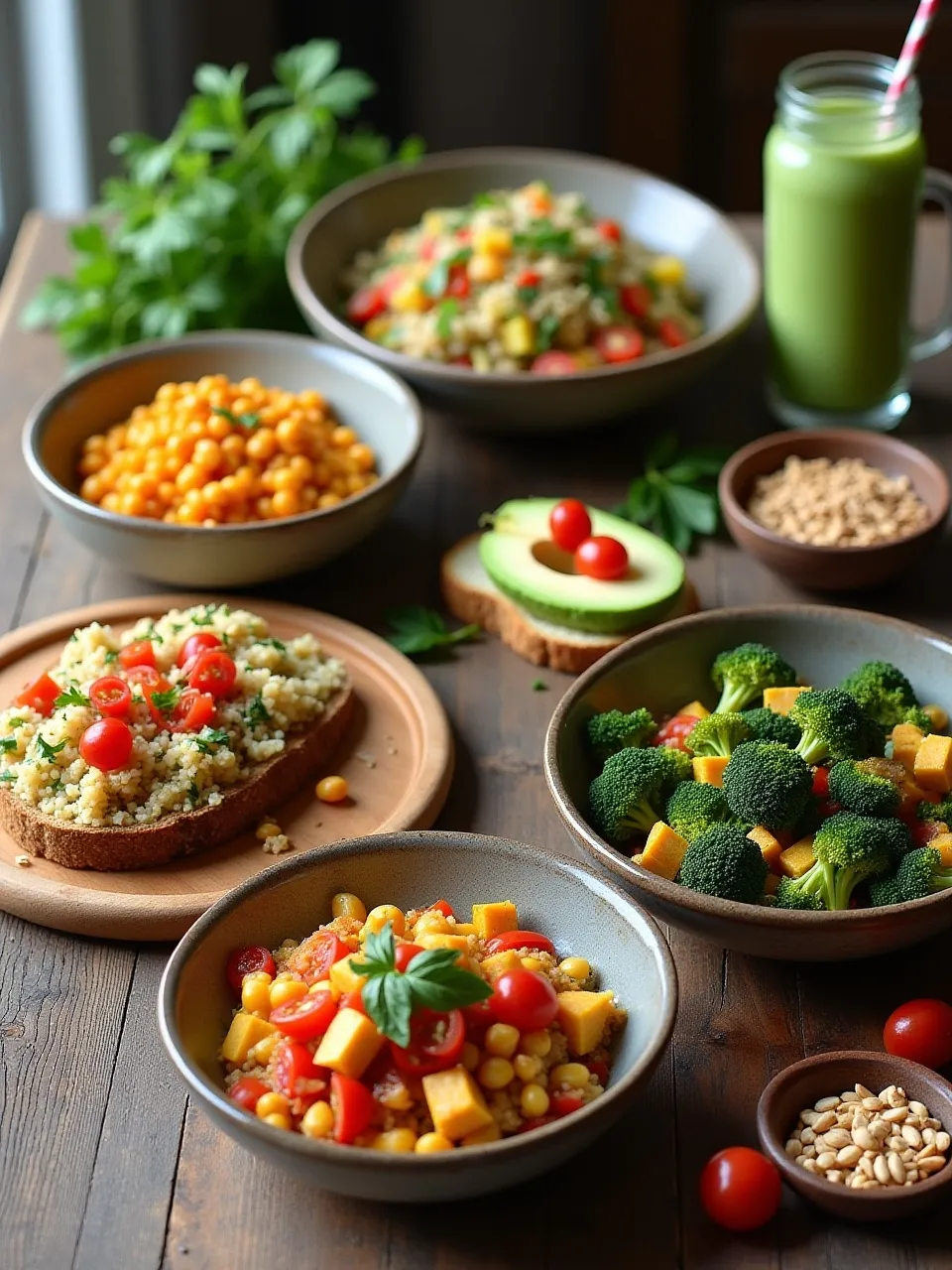
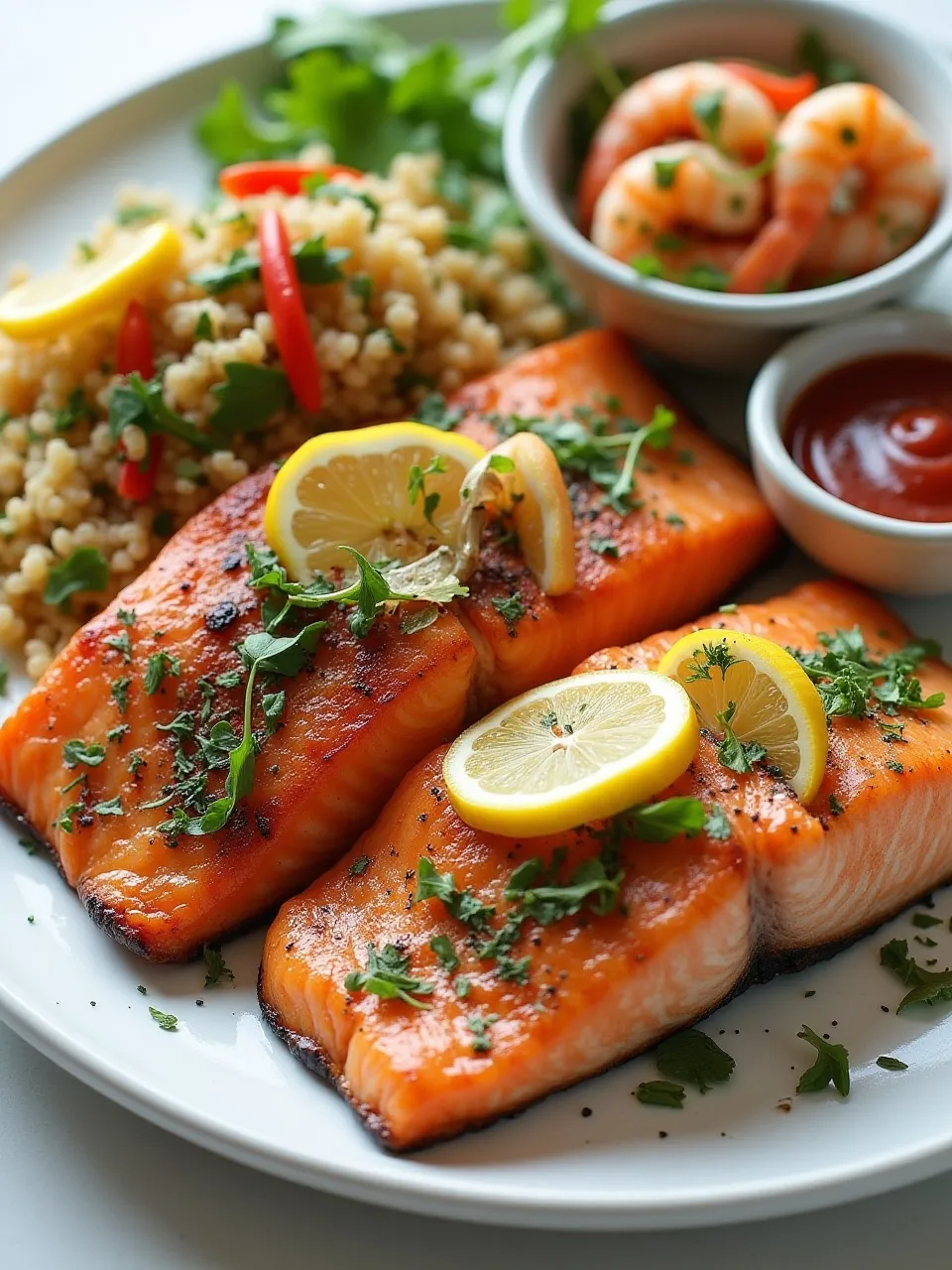
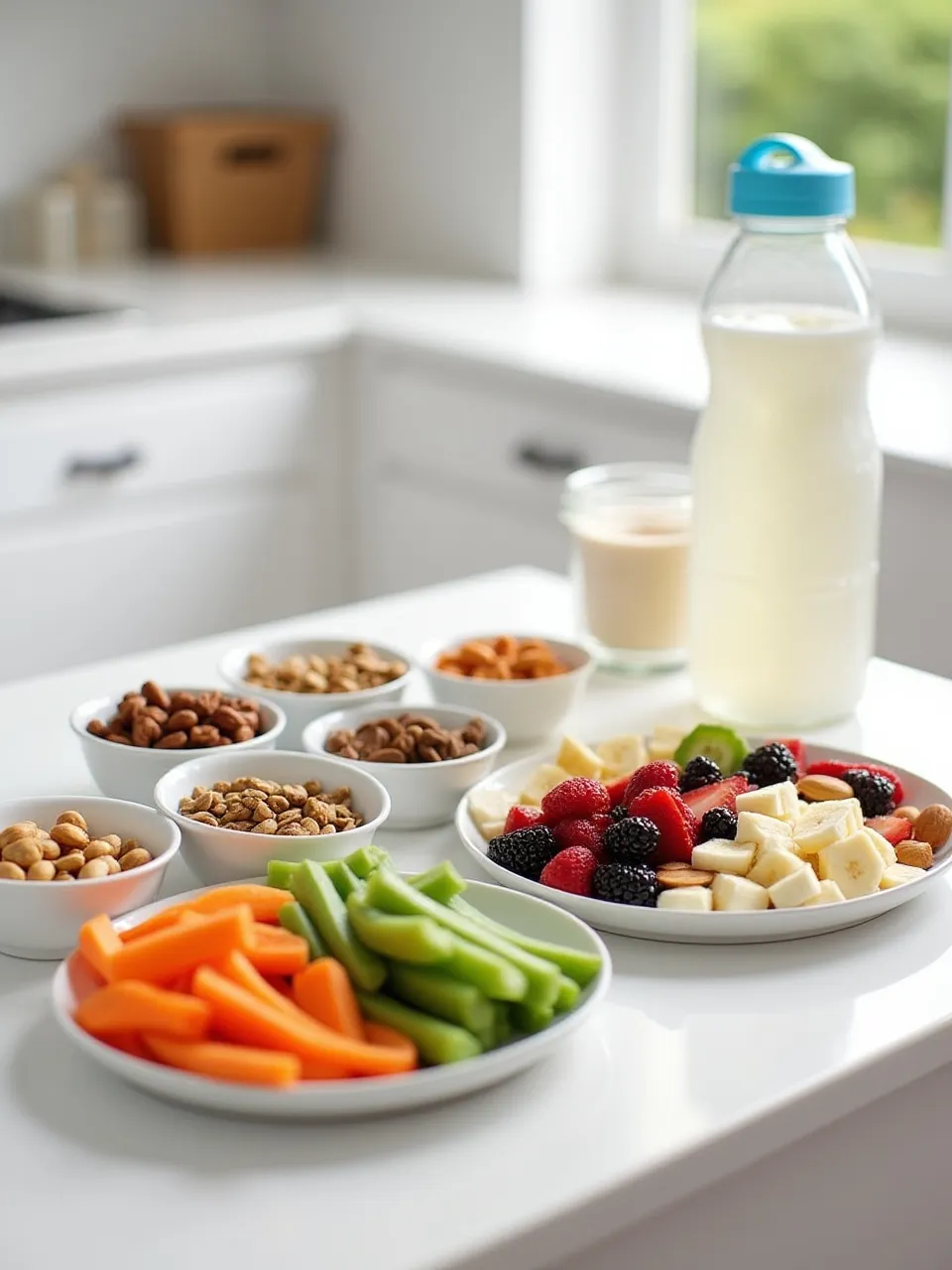
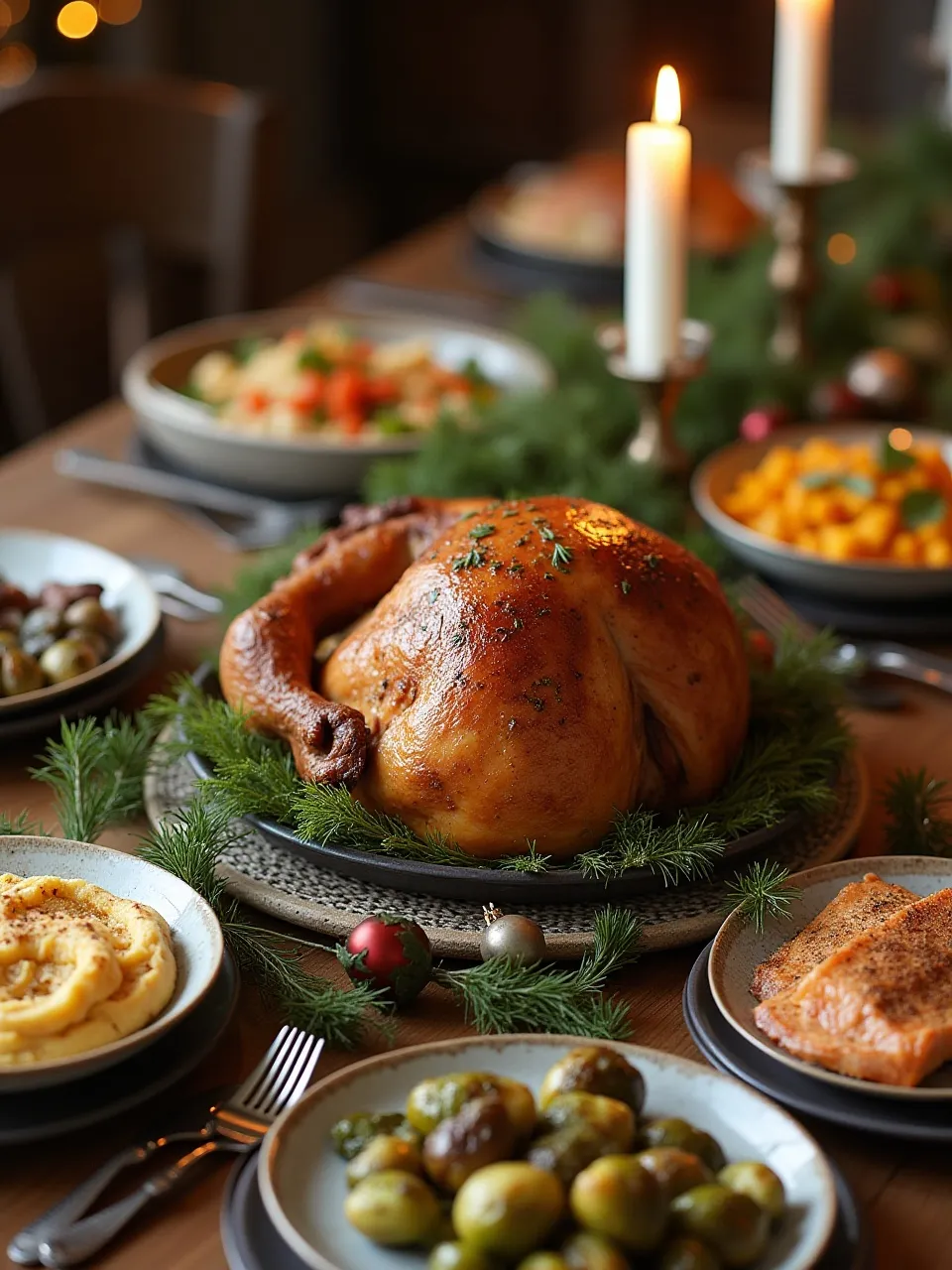
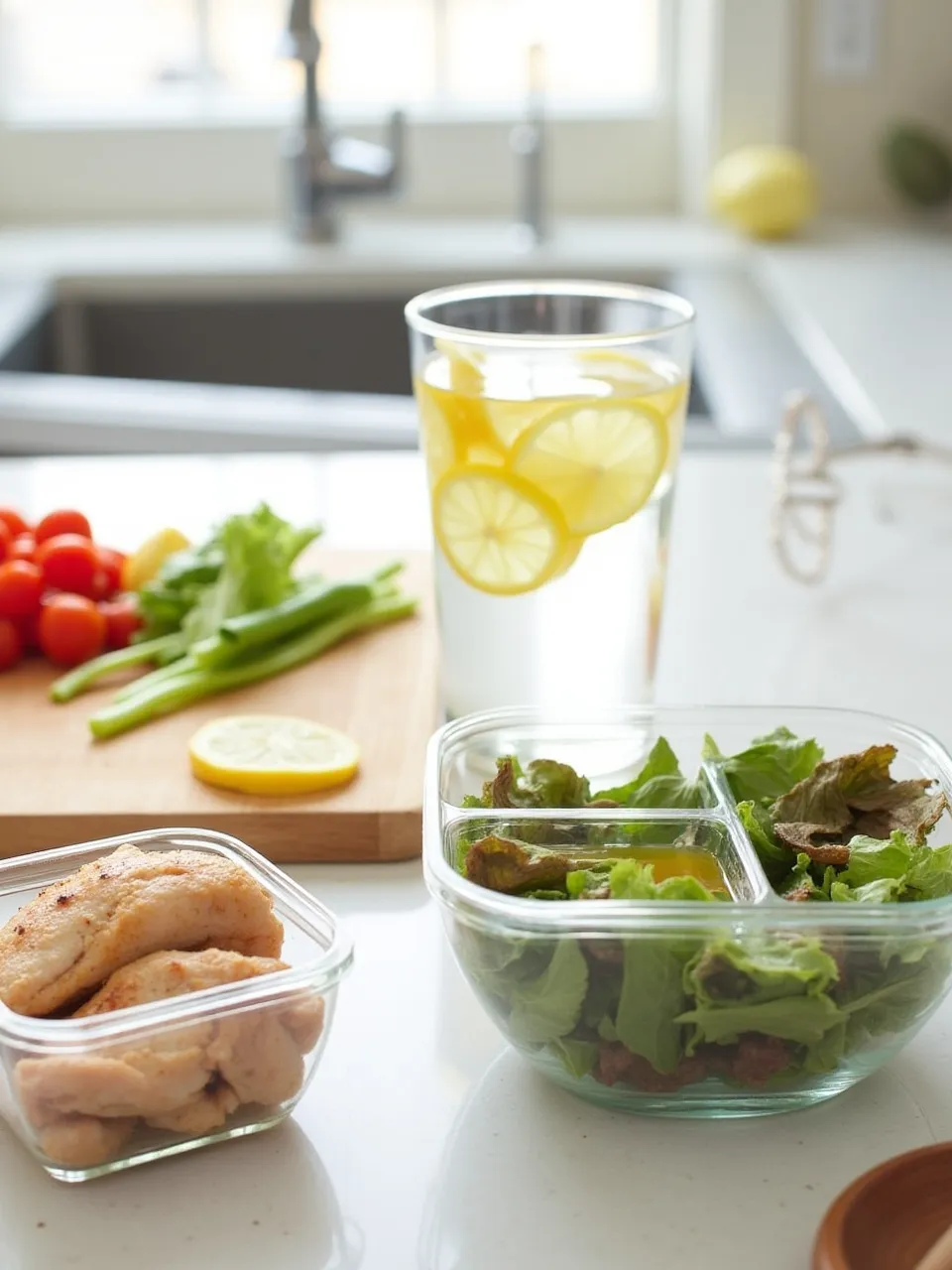
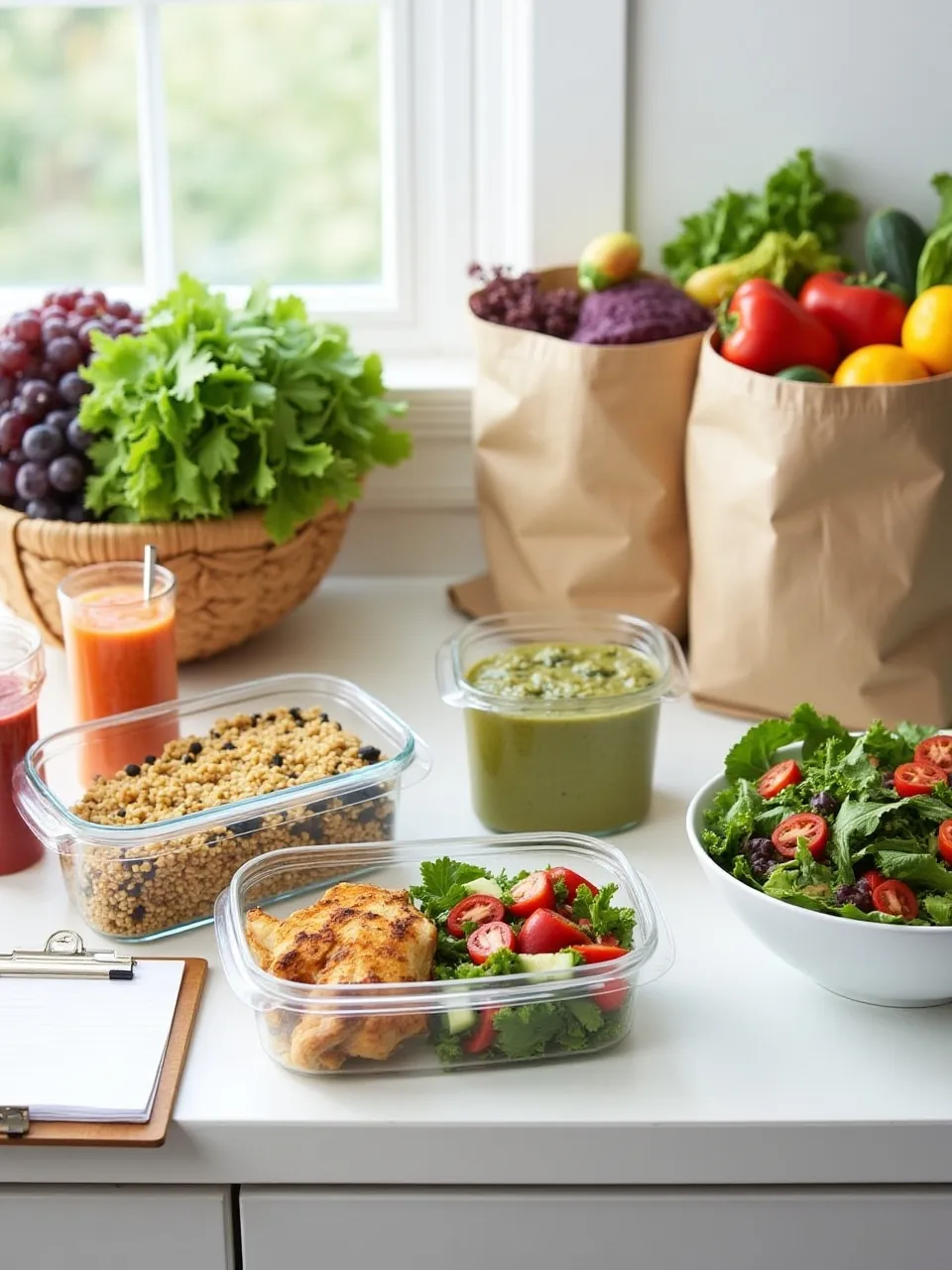
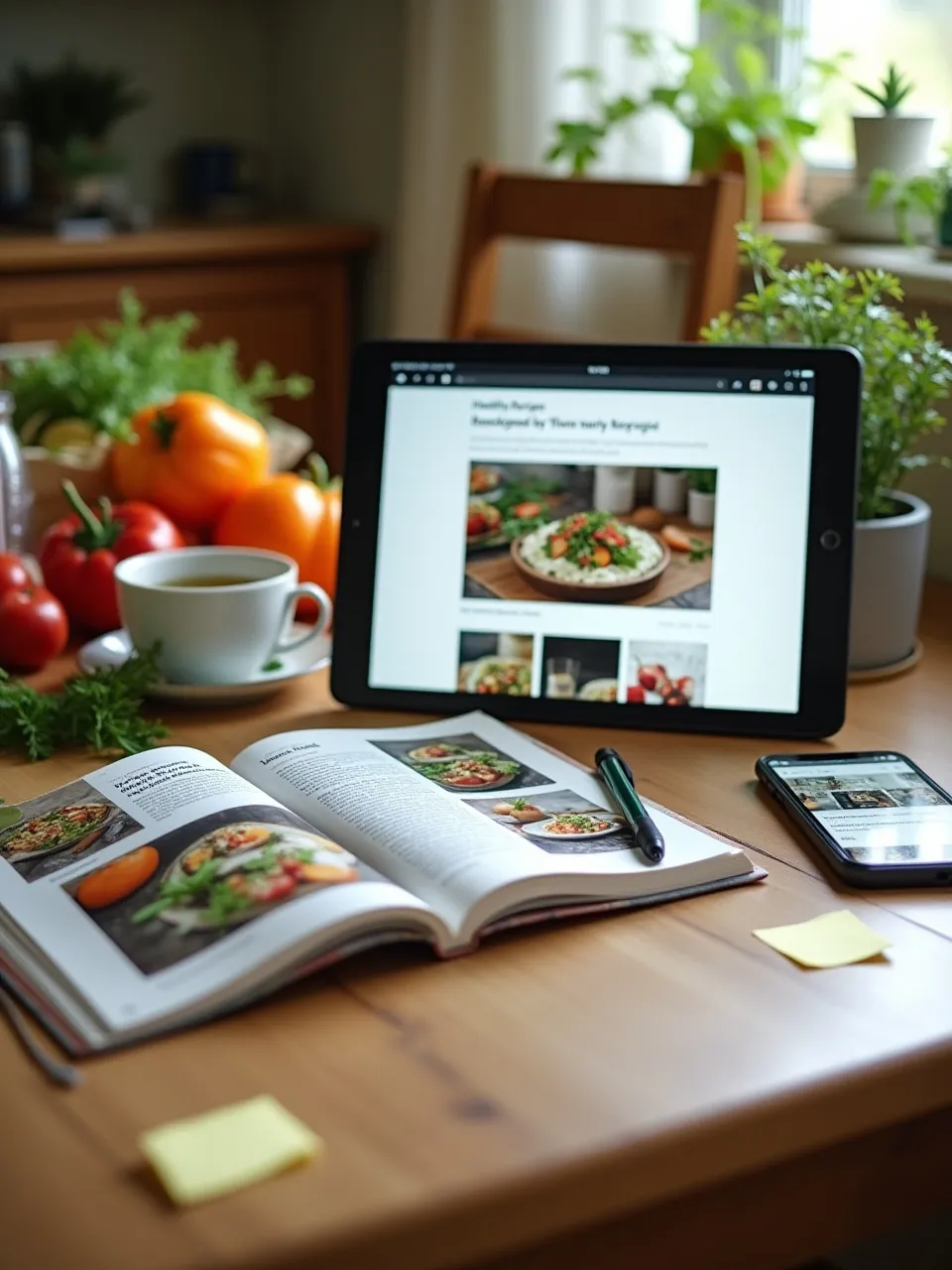
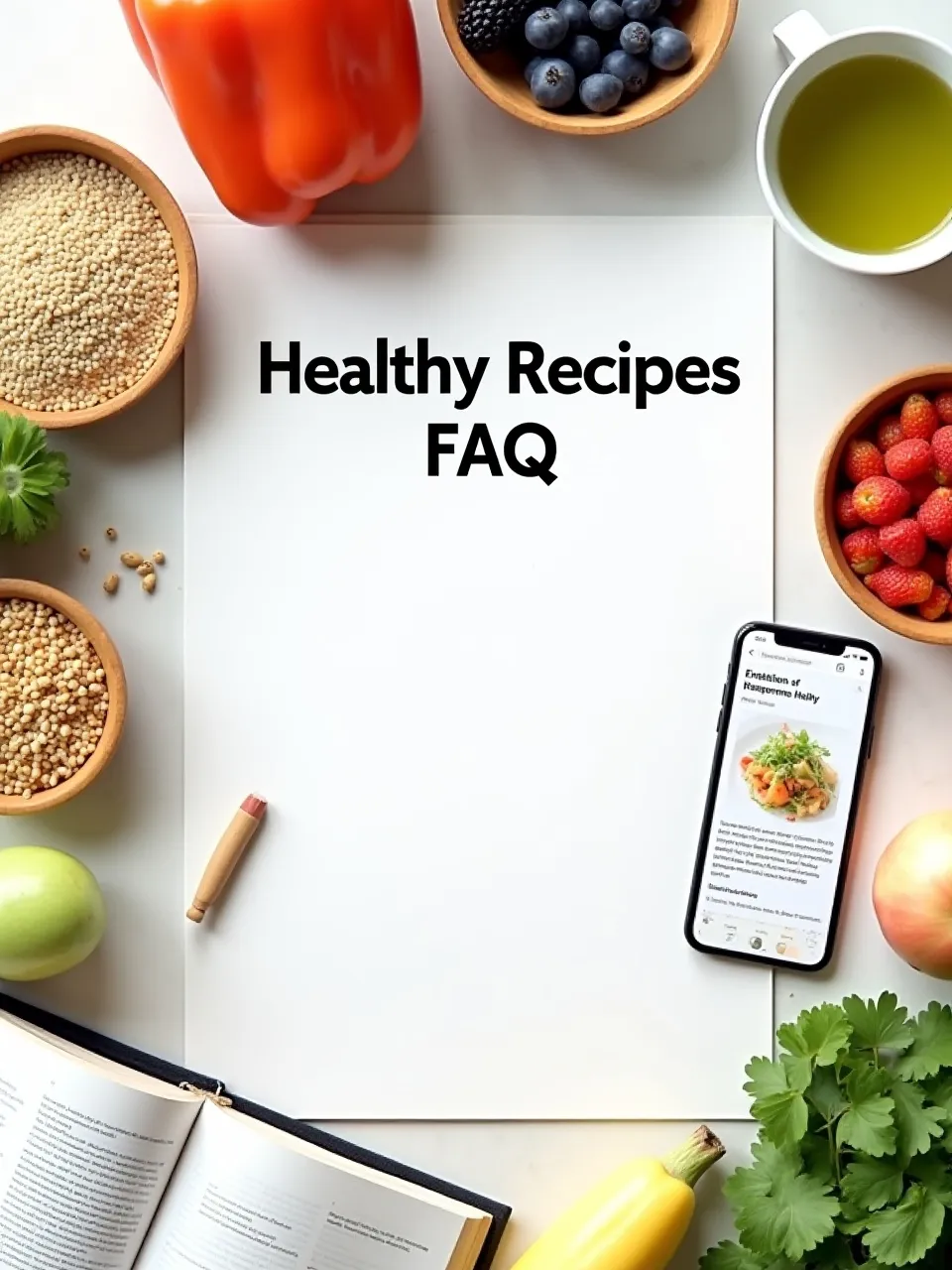
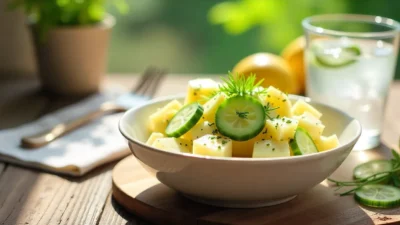


Wow, this is such a beautifully written introduction to your recipe! I completely agree – healthy eating is a journey, not a destination, and finding recipes that are both delicious *and* good for you makes all the difference. That last sentence about the versatility of healthy meals really hits home. Can’t wait to see what deliciousness you’ve created!